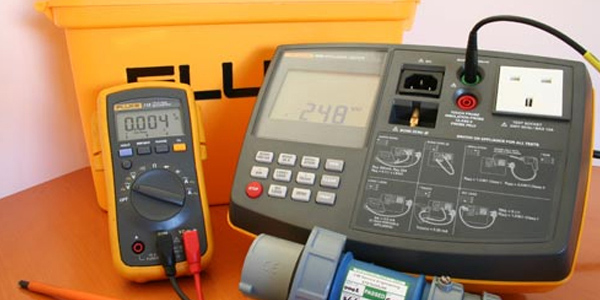PAT testing stands for portable appliance testing and is a legal requirement to manufacturers and companies to make certain that the electrical appliances pose no safety risk to the users of the machine. Although it’s a legal requirement, there is absolutely no strict regulation or law and manufacturers commonly carry out the testing in-house to ensure the security standards for their great and the customers’ well being. PAT tester are individuals who are qualified to carry out these tests although they do not need to have an electrical background, such as engineering of being a practising electrician. The testing process is sort of upkeep and obligation carried out to find malfunctioning products and determine what the problem is intentionally. Click on the below mentioned website, if you are looking for more details about pat testing.

PAT testing, since it is rather ambiguous and largely dependent on the want of producers and companies to provide safe appliances, is made a large portion of the simple physical inspection. It’s stated that the vast bulk of the process of this testing is a simple physical inspection looking for obvious defects. These obvious defects are power cords that are torn and have exposed wires, plugs with bent or broken prongs, broken switches or exposed electrical components. This section of the testing may seem obvious and simple but it is required, and the simple fact is that most problems can be discovered via this type of inspection. A PAT tester is a small machine, portable and lightweight, which tests various electrical components of an appliance and indicates whether the appliance is properly working and if it may pose a safety risk. An example of this is cable insulation. All wires have insulation which is resistant to the electricity being carried through the wire; this allows the user to handle or touch it without being shocked or electrocuted. The PAT tester can determine if the insulation is adequate to the wire it surrounds.
If it is not, this is an obvious danger. The PAT tester in the PAT testing process may also measure the polarity of the electrical unit, to ensure that electrons are after the designated path, such as negative to positive, and in the case of alternating current that this is functioning properly. Any unit with continuity issues is a safety risk that is serious and the device will malfunction. Voltage can be measured with the device to be certain that the specification on the label of what voltage the device runs off or delivers is truly what’s occurring. If that is not accurate, the machine is not functioning properly and is a danger. The issue will need to be repaired or the machine lost. This process is in part a goodwill gesture between government requirements and producers products. Again, since there is no strict regulation and enforcement, really just a simple statement that portable appliances must not pose a security threat or concern, it is reflective of producers and companies truly concerned with the purpose of their product and customer and employee safety. PAT testing, portable appliance testing, is designed to maximise safety in these machines and make sure machines are functioning properly.